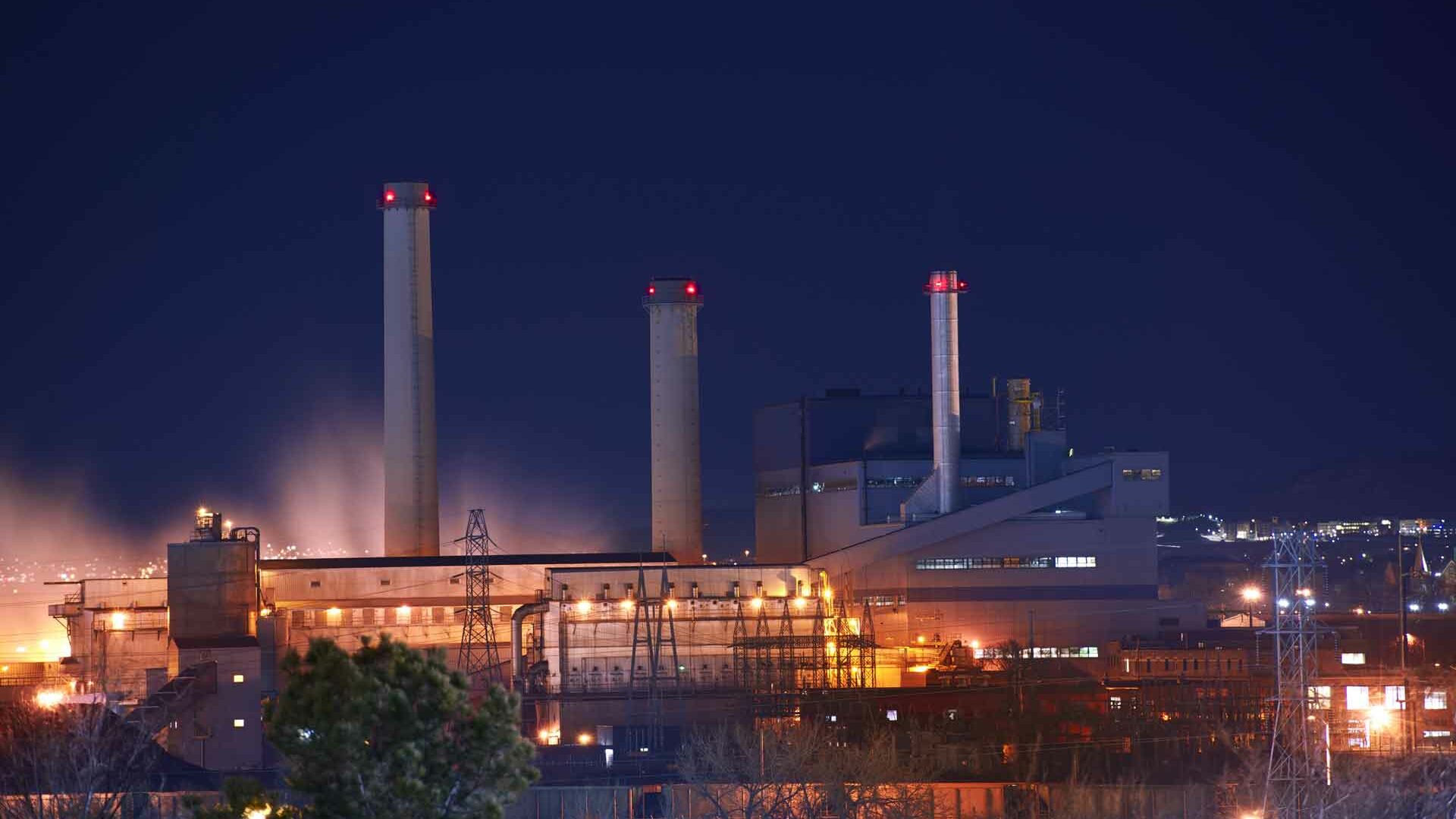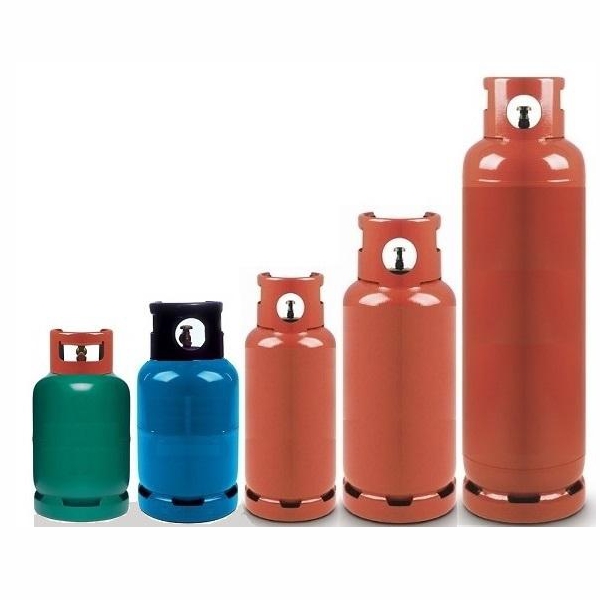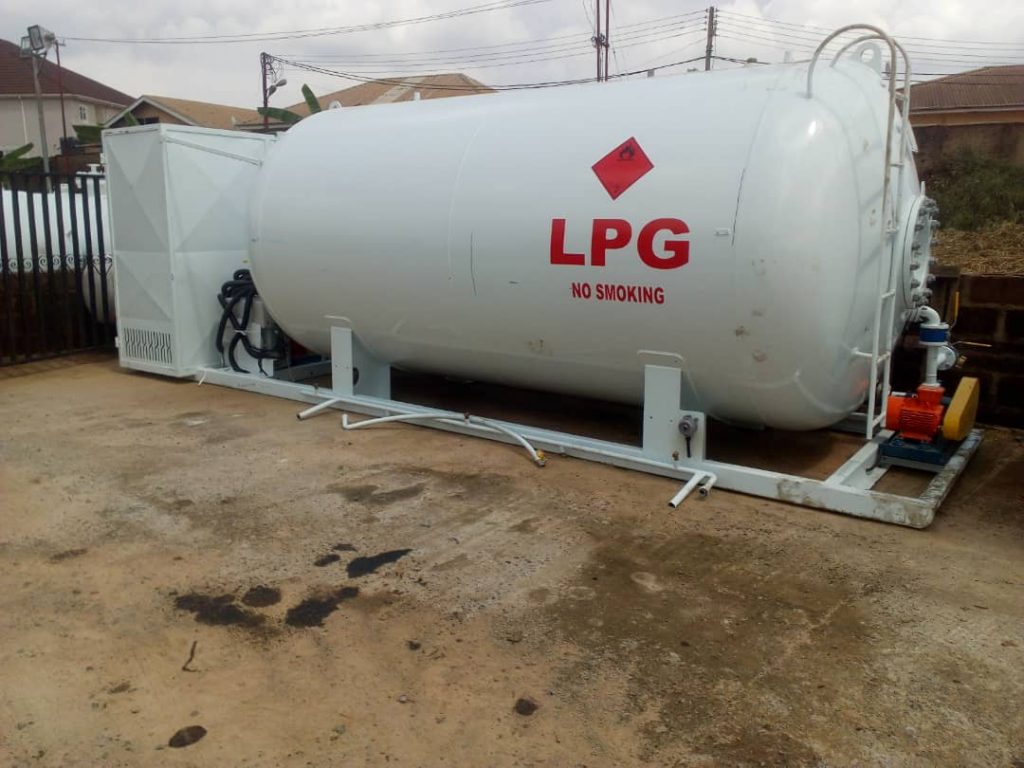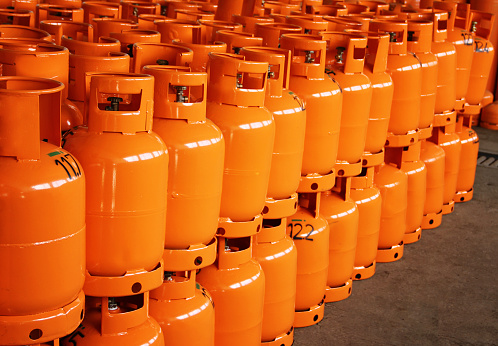Nigeria has continued to lose N139.2 billion monthly to gas flaring following the inability of the Brass and Olokola liquefied natural gas companies to come on stream to reduce the revenue-sapping situation.
The country lost up to $814.14 million (about N162.8 billion) to gas flaring in 2015 alone.
Another project meant to reduce gas flaring, the $20 billion Tran Saharan Gas Pipeline running from Nigeria to Algeria, which transports about 30 billion cubic metres of natural gas from Warri in Delta State through Niger Republic to Algeria, has also been stalled.
According to the Nigerian National Petroleum Corporation (NNPC), the Brass LNG with two trains and an output of 10 Metric Tonnes Per Annum (MTPA) was expected to be on stream in the first quarter of 2009 while the Olokola (OK) LNG which is a four-train plant with an output of 20 mtpa was supposed to have the first two trains commissioned in 2009/2010.
Five years after the projects were initiated, there has been no serious commitment on the part of the investors to their take-off, an industry expert told The Guardian.
The government had committed to investing $20.3 billion (N40.6 trillion) equity in the development of the Olokola LNG in the South-West and the Brass LNG project in the South-South as part of efforts to monetise the gas resources. Specifically, government’s equity investment in OK LNG was expected to take $9.8 billion and another $2 billion on the OK pipeline, which will take gas from fields in the Niger Delta to the South-West.
But the delay in passing the Petroleum Industry Bill (PIB), exit of ConocoPhillips from Brass LNG and the declining crude oil prices have stalled the possibility of taking a final investment decision. It was learnt that the search for a new technical partner to replace ConocoPhillips after its exit from the Brass LNG Venture has contributed to the stalling of the Final Investment Decision (FID) on the project.
“In today’s low crude oil price scenario, shareholders’ demand for ‘value over volume’ has enhanced capital discipline among exploration and production (E&P) companies, which are now prioritising cash flows and monetising existing discoveries, while cutting back on near-term exploration and divesting non-core assets,” an oil and gas analyst, Uzoma Okafor, told The Guardian.
Nigeria is losing an average of 23.2 billion Standard Cubic Feet (SCF) of gas monthly to flaring. Using the Nigerian Gas Company (NGC’s) price of $3 per 1,000 Scf of gas at the current exchange rate realities, the flaring of 23.2 bscf would translate to loss of $69.6 million, an equivalent of N139.2 billion.
It was gathered that many projects proposed to assist in reducing gas flaring have either been delayed due to political interests or suspended by the International Oil Companies (IOCs) as a result of the declining crude oil prices.
Also, The Guardian learnt that investors are pulling out of the Brass and OK LNG projects as they are skeptical about signing final investment decision for any long gestation that spreads over 20 years when the coast and the parameters are not clear. Nigeria may have to wait till 2030 when the World Bank’s global initiative to end routine gas flaring at oil production sites around the world, would have been implemented.
The Guardian gathered that the total of gas flared in 2015 was more than the quantity of the product supplied to power plants and to industries throughout the country. Specifically, the country flared 26.68bcf of gas in January, 26.20 in February, 28.49 in March, 22.66 in April, 19.07 in May, 18.66 in June, 18.80 in July, 21.28 in August, 21.89 in September, 21.81 in October, 23.25 in November, and 22.59bcf in December, according to data from NNPC.
According to information available to The Guardian, from January to December 2015, a total of 2,656.08bcf of gas was produced, representing an average daily production of 7951.42 mmscfd during the period. Production from Joint Ventures (JVs), Production Sharing Contracts (PSC) and NPDC contributed about 69.89 per cent, 21.88 per cent and 8.22 per cent respectively to the total national gas production.
Total gas supplies for the period January to December 2015 stand at 380.45 BCF and 1,241.56 BCF for the domestic and export market respectively.
International Oil Companies (IOCs) operating in the country top the gas-flaring chart. Giving reasons for the flaring in its facilities, Shell Nigeria stated: “In many oil fields, gas is produced with crude oil when it is brought to the surface. When SPDC first built production facilities in the 1950s and 1960s, there was little demand or market for this ‘associated’ gas.”
Though Shell promised to end gas flaring in its new projects, it said the volume of flared gas increased by 12 per cent over the year and flaring intensity by nine per cent. The company said that the increased frequency of pipeline sabotage over the last two years has resulted in numerous unplanned production shutdowns.
“These in turn, have impacted the performance of gas processing systems, which operate more efficiently with uninterrupted production, and has constrained our progress on reducing flaring intensity,” it noted.
The company noted that further progress would be heavily dependent on the security situation. “Sustained commitment from all joint venture partners is also crucial. Funding challenges have resulted in delays to two major associated gas gathering projects that were expected to deliver an additional 35 per cent reduction in flared gas,” it said.
Source – http://guardian.ng/news/nigeria-loses-n139-2b-monthly-to-gas-flaring/




